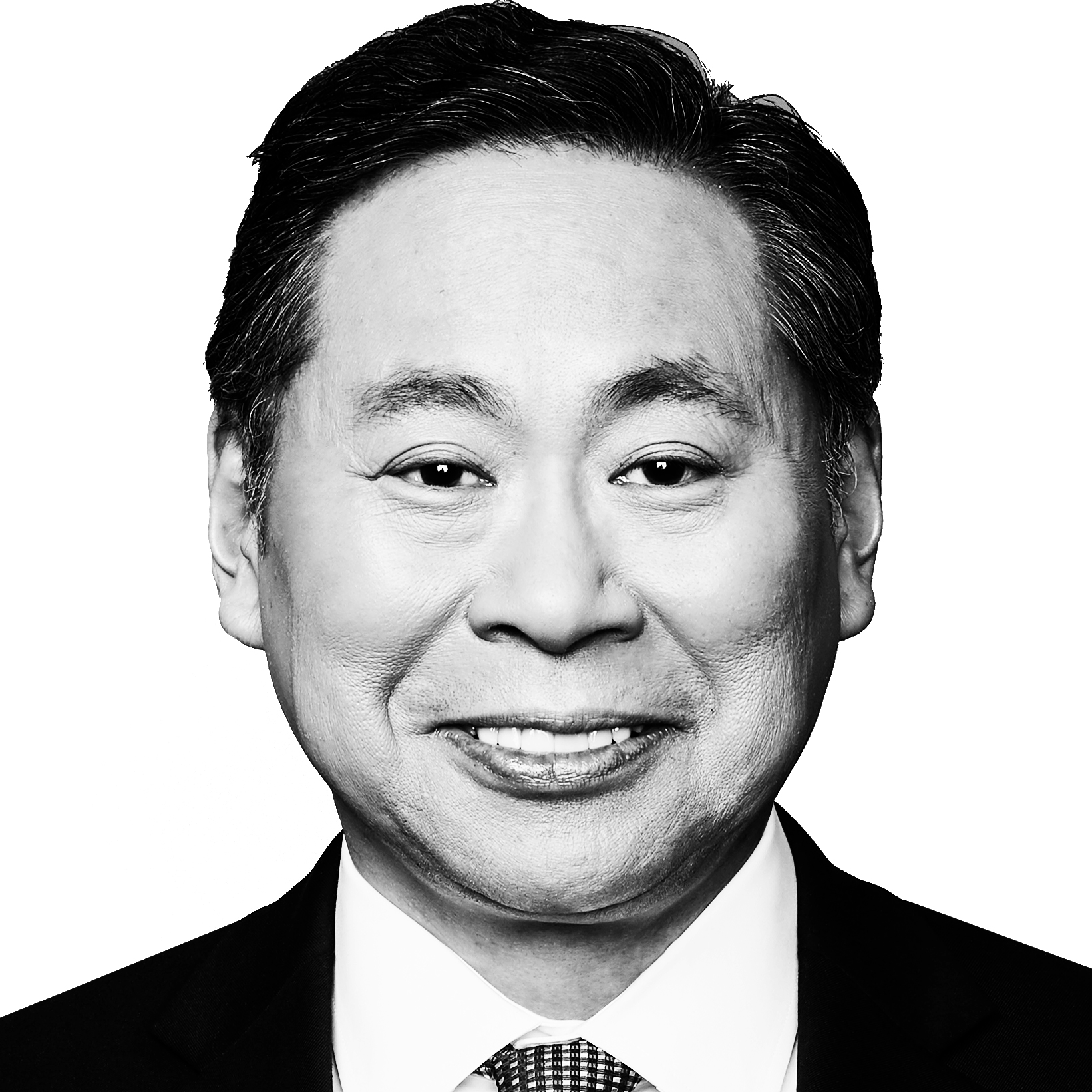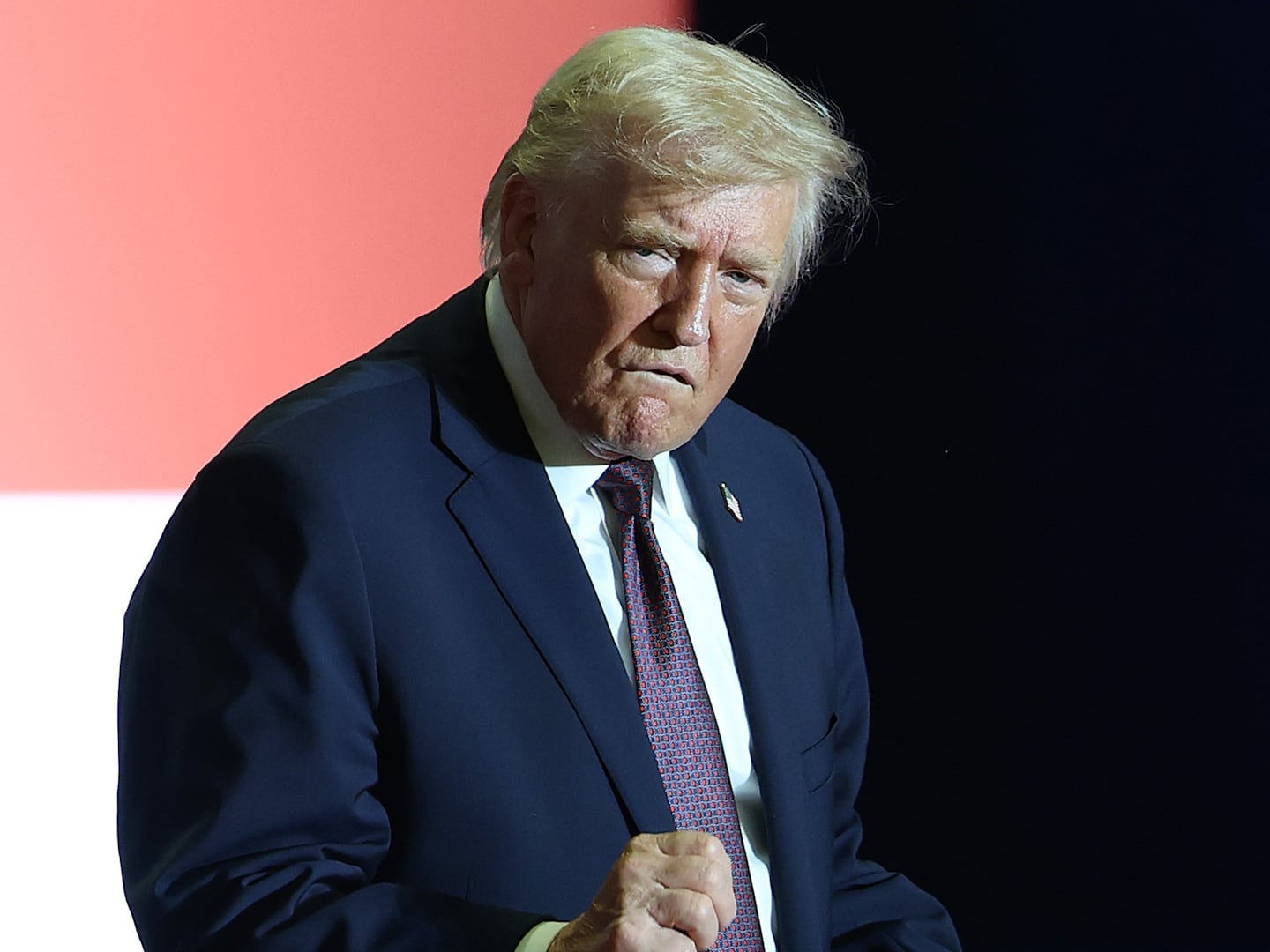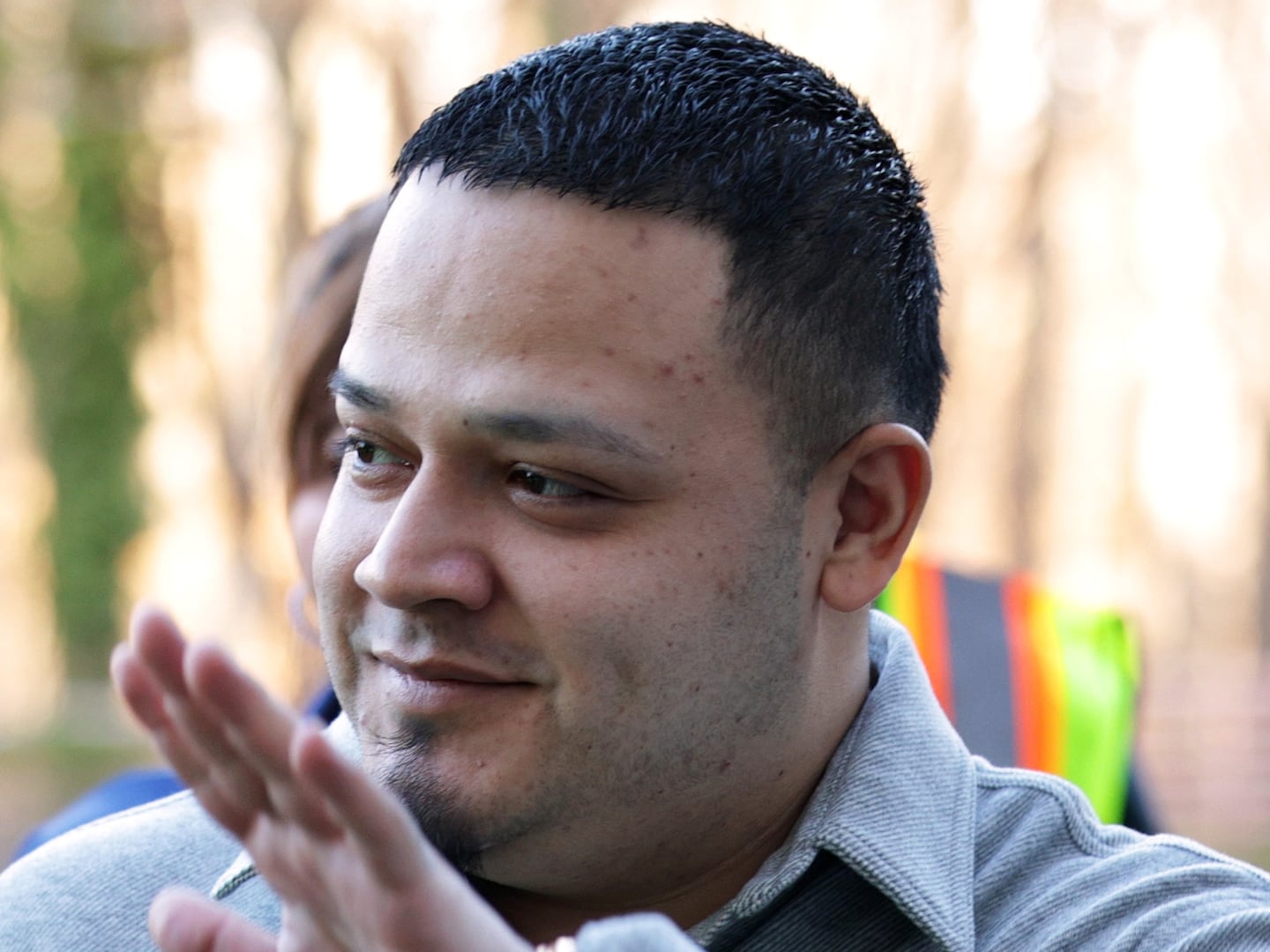The latest indictment of former President Trump is a well-told narrative strategically designed to preemptively counter expected defenses and delay tactics by Trump’s legal team. The opening sentences of the very first paragraph in the indictment say it all: “The Defendant, Donald J. Trump, was the forty-fifth President of the United States and a candidate for re-election in 2020. The Defendant lost the 2020 election.”
With these words, contained in an indictment issued by a grand jury in the District of Columbia, the United States Department of Justice represented by Special Counsel Jack Smith makes plain that the alleged crimes in the case don’t arise from what Trump said about the election—or even what he thought about losing the election—but from what Trump did in response to losing the election.
The forty-five page indictment charges the 45th president with three conspiracies, arising from his efforts to defraud the United States, obstruct the certification of the Electoral College vote, and deprive the American people of their civil right to have their votes counted and honored. The indictment is a “speaking indictment” that describes the multiple strategies deployed by Trump and six unnamed co-conspirators to overturn the election results that predated the brutal physical violence that occurred during the Jan. 6 attack on the U.S. Capitol.
The efforts ranged from trying to use the Justice Department to sow doubt about election integrity, pressuring then-Vice President Mike Pence to stop the Electoral College certification process, and plotting in seven battleground states to submit fake elector’s ballots for Trump even though he had lost those states. Although the six co-conspirators are unnamed, there is a consensus among the many excellent reporters covering the investigation about their identity: #1 Rudy Giuliani, #2 John Eastman, #3 Sydney Powell, #4 Jeffrey Clark, and #5 Kenneth Chesboro. There is not yet a consensus on who is co-conspirator #6. The fact that all of the first five are lawyers resonates with the legalistic nature of Trump’s multiple actions.
The failure to charge anyone but Trump is surprising but may serve a few tactical purposes. First, more defendants means more lawyers and potentially more delay as multiple lawyers fight over pre-trial motions and present the court with five more schedules to coordinate besides Trump’s schedule. So having only Trump may speed things up. Second, the tactic puts the focus on Trump and at least atmospherically undermines one of his likely defenses—an “on advice of counsel” defense. An advice of counsel defense is one in which a defendant tries to claim they did not act with criminal intent but were simply following the advice from their lawyers. But the fact that Trump’s co-conspirators were his lawyers tends to undermine such a defense because it makes the point that Trump was not receiving advice from his lawyers but rather plotting with them. As set forth in a prescient model prosecution memorandum published in Just Security, case law exists for the principle that “the advice of counsel defense is not available where the attorney in question had been ‘integrally involved in the sham operation.’”
Lastly, the absence of charges—made visible by the large amount of white space left in the space under Trump’s name as a defendant—also reminds the co-conspirators that they could be charged and likely takes them off the table as potential defense witnesses due to their probable concern that testifying would waive their 5th Amendment rights.
By basing charges on Trump’s actions to overturn the election rather than his words on Jan. 6 and his continuing false assertions about the elections, Special Counsel Jack Smith also undermines Trump’s claim that he was merely exercising his First Amendment rights.
The indictment skillfully counters this defense by distinguishing between Trump’s legal right to free speech versus his illegal actions. In words likely to warm Elon Musk’s free-speech absolutist heart, the indictment states that Trump “had a right, like every American, to speak publicly about the election and even to claim, falsely, that there had been … fraud during the election and that he had won.” It also points out that Trump was entitled to challenge election results in court, but that all such efforts had been “uniformly unsuccessful” after which Trump turned to illegal tactics.
Perhaps reacting to the preemptive strike against Trump’s defenses, new Trump attorney John Lauro took to the airwaves the same night of the indictment being returned to argue that it was an “attack on free speech.” Sounding more like a spokesperson than a criminal defense lawyer, Lauro’s arguments took the position that the First Amendment is an absolute shield against criminal conduct involving speech. But such a position is blatantly wrong given the many kinds of criminal liability arising from speech, such as fraud and threats.
Traditionally, criminal defense lawyers prefer to defend their clients in court rather than in the media. But a client who is a public figure—like Trump—may require a public relations defense as well as a courtroom defense. A public relations defense also becomes more attractive in relation to how strong a case is laid out by the prosecution in the charges. By that measure, Trump’s legal team seems to feel pressured to put out what appear to be their main legal defenses now, saving little for the courtroom. Besides the First Amendment argument, the other defense set forth by Trump’s lawyer is the much-disparaged argument that Trump’s fake elector scheme was merely a duplicate of the alternative electors slate for the Hawaii electors submitted in the 1960s presidential election pitting Richard Nixon against John F. Kennedy. It is true that the Democrats did put forth an alternative slate of electors for Hawaii during a genuinely contested election in Hawaii where Nixon initially led by only 100 votes and a recount was underway. Kennedy won the eventual recount and the governor of Hawaii certified a fresh slate of electors that were for Kennedy.
In contrast, there was no pending recount at the time Trump put together his slates of fake electors in seven battleground states. In fact, Trump lost every legal proceeding in which he challenged the election results.
The special counsel’s team has swiftly put together a very strong indictment for arguably the most dangerous threat to the peaceful transfer of power in the history of our nation. But their work stands on the shoulders of the remarkable work of the January 6 Select Committee, and the fast, comprehensive work by both the special counsel and the Jan. 6 Committee again raises the question of why the investigation languished for so long before Attorney General Merrick Garland got around to appointing a special counsel. Unlike the Mar-a-Lago documents case, the election interference case does at least have a chance of getting to trial before the red zone of the presidential election. But if it doesn’t, then the blame falls squarely on the attorney general.
Shan Wu is a former federal prosecutor who served as counsel to Attorney General Janet Reno.








